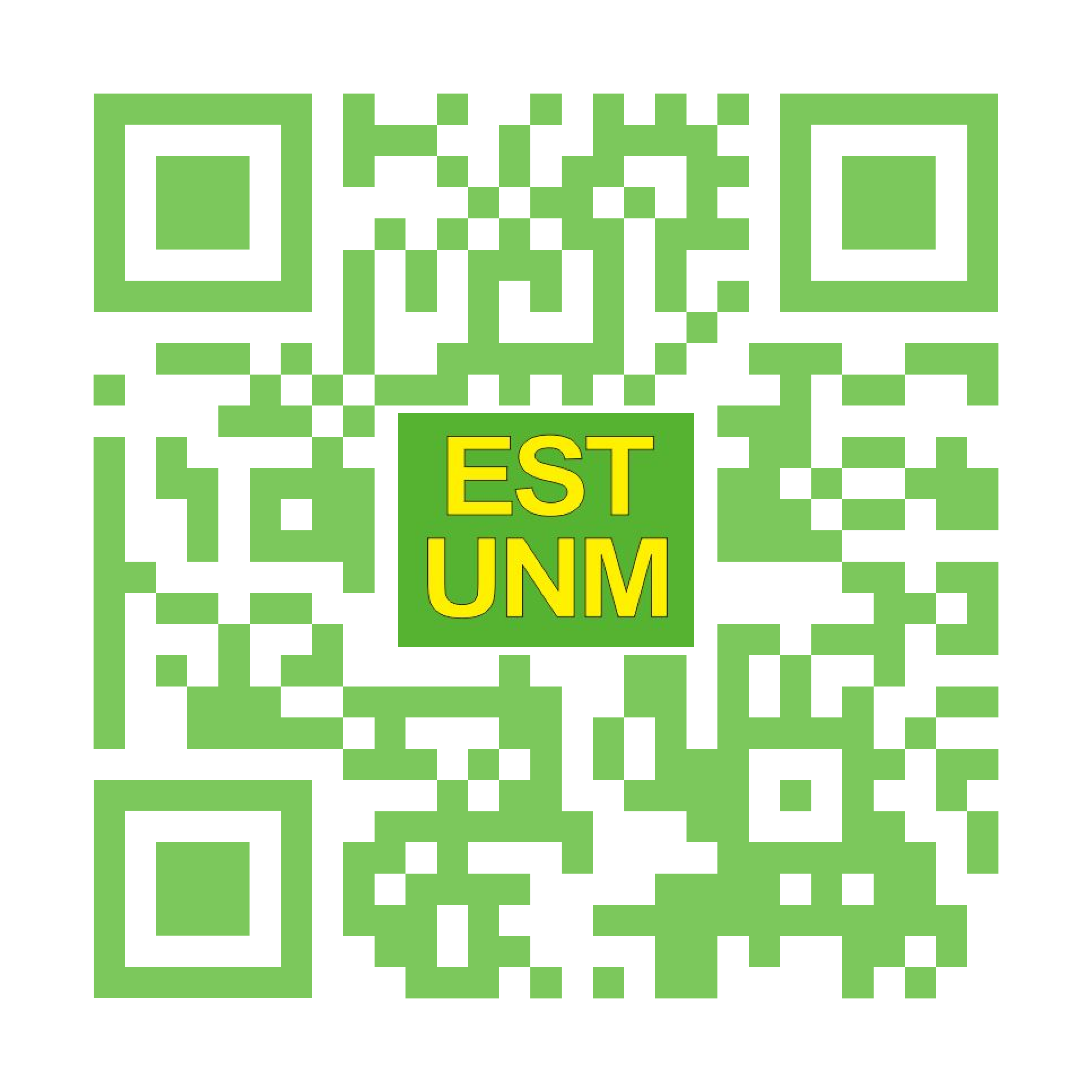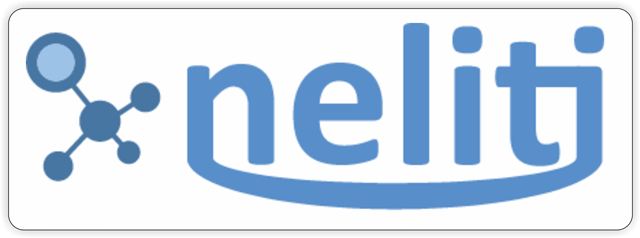Supporting Students’ Basic Science Process Skills by Augmented Reality Learning Media
(1) Universitas Negeri Yogyakarta
(2) Universitas Negeri Yogyakarta
(*) Corresponding Author
DOI: https://doi.org/10.26858/est.v0i0.19448
Abstract
Keywords
Full Text:
PDFReferences
Akcayir, M., Akcayir, G., Pektas, H. M., & Ocak, M. A. (2016). Augmented reality in science laboratories: The effects of augmented reality on university students’ laboratory skills and attitudes toward science laboratory. Computers in Human Behavior, 57, 334-342. http://dx.doi.org/10.1016/j.chb.2015.12.054
Arabacioglu, S., & Unver, A. O. (2016). Supporting inquiry based laboratory practices with mobile learning to enhance students’ process skills in science education. Journal of Baltic Science Education, 15(2), 216-231. Retrieved from http://www.scientiasocialis.lt/jbse/?q=node/496
Arikunto, S. (2009). Prosedur penelitian suatu pendekatan praktik. Rineka Cipta.
Arsyad, A. (2015). Media pembelajaran. Rajawali Press.
Azuma, R., Billinghurst, M., & Klinker, G. (2011). Special section on mobile augmented reality. Computers and Graphics, 35(4): vii-vii. http://dx.doi.org/10.1016/j.cag.2011.05.002
Badan Standar Nasional Pendidikan (BSNP). (2010). Laporan BSNP 2010. BSNP.
Cetingul, I., & Geban, O. (2011). Using conceptual change texts with analogies for misconceptions in acids and bases. Hacettepe University Journal of Education. 41, 112-123. Retrieved from http://efdergi.hacettepe.edu.tr/shw_artcl-684.html
Chen, Y. H., & Wang, C. H. (2017). Learner presence, perception, and learning achievements in augmented-reality-mediated learning environments. Interactive Learning Environments, 26(5), 695-708. https://doi.org/10.1080/10494820.2017.1399148
Cheng, K. H., & Tsai, C. C. (2013). Affordances of augmented reality in science learning: Suggestions for future research. Journal of Science Education and Technology, 22(4), 449-462. https://doi.org/10.1007/s10956-012-9405-9
Dell’Olio, J. M., & Donk, T. (2007). Models of teaching: Connecting student learning with standards. Sage Publication.
Dimyati & Mudjiono. (2006). Belajar dan pembelajaran. Rineka Cipta.
Enyedy, N., Danish, J. A., & DeLiema, D. (2015). Constructing liminal blends in collaborative augmented-reality learning environment. International Journal of Computer-Supported Collaborative Learning, 10(1), 7-34. https://doi.org/10.1007/s11412-015-9207-1
Estapa, A., & Nadolny, L. (2015). The effect of an augmented reality enhanced mathematics lesson on student achievement and motivation. Journal of STEM Education: Innovations and Research, 16(3), 40-48. Retrieved from https://www.jstem.org/jstem/index.php/JSTEM/issue/view/128
Field, A. (2009). Discovering statistics using SPSS (3rd ed). SAGE.
Gultepe, N., Celik, A. Y., & Kilic, Z. (2013). Exploring effects of high school students’ mathematical processing skills and conceptual understanding of chemical concepts on algorithmic problem solving. Australian of Teacher Education, 38(10), 105-122. Retrieved from http://ro.ecu.edu.au/ajte/vol38/iss10/7
Idiege, K. J., Nja, C. O., & Ugwu, A. N. (2017). Development of science process skills among Nigerian secondary school science students and pupils: An opinion. International Journal of Chemistry Education, 1(2), 13-21. Retrieved from https://premierpublishers.org/ijce/300620179012
Irwanto., Rohaeti, E., & Prodjosantoso, A. K. (2018). Undergraduate students’ science process skills in terms of some variables: A perspective from Indonesia. Journal of Baltic Science Education, 17(5), 751–764. https://doi.org/10.33225/jbse/18.17.751
Ko, S. M., Chang, W. S., & Ji, Y. G. (2013). Usability principles for augmented reality applications in a smartphone environment. International Journal of Human-Computer Interaction, 29(8), 501-515. http://dx.doi.org/10.1080/10447318.2012.722466
Kuhlthau, C. C., Maniotes, L. K., & Caspari, A. K. (2007). Guided inquiry: Learning in the 21st century. Greenwood Publishing Group.
Llewellyn, D. (2011). Differentiated science inquiry. Corwin.
Moeller, B., & Reitzes, T. (2011). Integrating technology with student-centered learning. Quincy, MA: Nellie Mae Education Foundation.
Munir. (2009). Pembelajaran jarak jauh berbasis teknologi informasi dan komunikasi. Alfabeta.
Osman, K. (2012). Primary science: Knowing about the world through science process skills. Asian Social Science, 8(16), 1-7. http://dx.doi.org/10.5539/ass.v8n16p1
Ozgelen, S. (2012). Students’ science process skills within a cognitive domain framework. EURASIA Journal of Mathematics, Science and Technology Education, 8(4), 283-292. https://doi.org/10.12973/eurasia.2012.846a
Pekdag, B. (2010). Alternative methods in learning chemistry: Learning with animation, simulation, video and multimedia. Journal of Turkish Science Education, 7(2), 111-118. Retrieved from https://www.tused.org/index.php/tused/issue/view/18
Permendikbud RI 2016 No. 22. Standar proses pendidikan dasar dan menengah. [Basic and secondary education process standards].
Rezba, R. J., Sprague, C., & Fiel, R. (2003). Learning and assessing science process skills. Kendall/Hunt Pub. Co.
Richardson, J. T. E. (2011). Review: Eta squared and partial eta squared as measures of effect size in educational research. Educational Research Review, 6(2), 135-147. https://doi.org/10.1016/j.edurev.2010.12.001
Shahali, E. H. M., & Halim, L. (2010). Development and validation of a test of integrated science process skills. Procedia Social and Behavioral Sciences, 9, 142-146. https://doi.org/10.1016/j.sbspro.2010.12.127
Sihaloho, H. W., Sahyar., & Simanjuntak, M. P. (2017). The effect of inquiry training learning model on science process skills and student learning outcomes. IOSR Journal of Research & Method in Education, 7(6), 46-51. Retrieved from http://www.iosrjournals.org/iosr-jrme/pages/vol7-issue6.ver.3.html
Singhal, S., Bagga, S., Goyal, P., & Saxena, V. (2012). Augmented chemistry: Interactive education system. International journal of Computer Applications, 49(15), 1-5. https://doi.org/10.5120/7700-1041
Sirikaya, M., & Sirikaya, D. A. (2020). Augmented reality in STEM education: A systematic review. Interactive Learning Environments, 1-14. https://doi.org/10.1080/10494820.2020.1722713
Seetee, N., Coll, R. K., Boonprakob, M., & Dahsah, C. (2016). Exploring integrated science process skills in chemistry of high school students. Veridian E-Journal, 9(4), 247–259. Retrieved from https://he02.tci-thaijo.org/index.php/Veridian-E-Journal/issue/view/5175
Thiagarajan, S., Semmel, D. S., & Semmel, M. I. (1974). Instructional development for training teachers of exceptional children: A sourcebook. Indiana University.
Wahono, R. S. (2006). Aspek dan kriteria penilaian media pembelajaran. Retrieved fromhttps://romisatriawahono.net/2006/06/21/aspek-dan-kriteria-penilaian-media-pembelajaran/
Walpole, R. E. (1995). Pengantar statistika. Gramedia Pustaka Utama.
Yang, S., Mei, B., & Yue, X. (2018). Mobile augmented reality assisted chemical education: Insights from elements 4D. Journal of Chemical Education, 95(6), 1060-1062. https://doi.org/10.1021/acs.jchemed.8b00017
Yakar, Z. (2014). Effect of teacher education program on science process skills of pre-service science teachers. Educational Research and Reviews, 9(1), 17–23. https://doi.org/10.5897/ERR2013.1530
Article Metrics
Abstract view : 515 times | PDF view : 4 timesRefbacks
- There are currently no refbacks.
Copyright (c) 2020 Tiara Lestari Paembonan

This work is licensed under a Creative Commons Attribution-NonCommercial 4.0 International License.
Editorial Office
Journal of Educational Science and Technology
Graduate Program Universitas Negeri Makassar
 |
| Jl Bonto Langkasa Gunungsari Baru Makassar, 90222 Kampus PPs UNM Makassar Gedung AD Ruang 406 Lt 4, Indonesia | |||
| jurnalestunm@gmail.com | est.journal@unm.ac.id | |||||
| https://ojs.unm.ac.id/JEST/index | |||||
| 085299898201 (WA) | |||||
EST Index by:
























